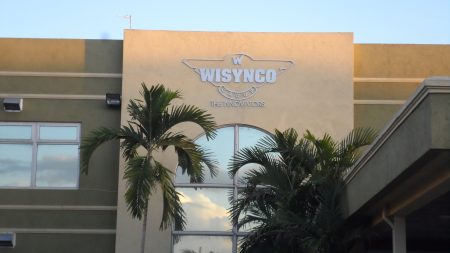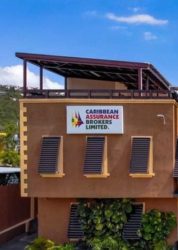Lasco Distributors stock rose 85 percent since the middle of April but profit results released since then show strong full year results to March, with an increase of 33 percent to 39 cents per share, followed by impressive first quarter numbers almost guaranteeing another big rise in the price over the next several months.
 Lasco released first quarter results, in late July, with a rise in pretax profit jumping a robust 57 percent to $602 million and post-tax climbing a solid 38 percent to $448 million from a 17 percent rise in revenues to $7.3 billion from $6.3 billion.
Lasco released first quarter results, in late July, with a rise in pretax profit jumping a robust 57 percent to $602 million and post-tax climbing a solid 38 percent to $448 million from a 17 percent rise in revenues to $7.3 billion from $6.3 billion.
The company generated other income of $68.6 million, surging 142 percent from $28 4 million in 2022, but unrealized investments gains fell from $58 million to $13 million, pushing total comprehensive income to $460 million, 20 percent up from $383 million in 2022.
The cost of goods sold rose at a much slower pace than revenues at 15 percent to $5.98 billion from $5.18 billion. Gross profit jumped well in excess of the rise in revenues, with a 25 percent climb to $1.34 billion from $1.07 billion in 2022.
Administrative and other expenses rose 12 percent to $806 million from $718 million in 2022. Depreciation charge fell from $38.7 million to $31.5 million in the latest quarter, there was virtually no interest cost with borrowings having been repaid.
The quarterly result is continuing” the performance of the prior year, delivering growth in all key segments” John Dasilva, Managing Director, stated in his report to shareholders, and went on to state, “the company continues to invest in consumer focused marketing initiatives while increasing its distribution and product availability across all channels”, in his report accompanying the quarterly.
The operations, generated $484 million of Gross cash flow and $814 million after working capital movements and ended with $748 million, with net cash inflows that swell the funds on hand to $3 billion.
Current assets ended the period at $11 billion, which was similar in 2022. Trade and other receivables amount to $3.6 million, with short term investments, cash and bank balances closing at $3.6 million, while inventories amount to $3.76 billion and receivables $3.6 billion. While receivables were close to the June 2022 and fiscal year end numbers, inventories fell by $700 million from the March year end balance. Current liabilities ended the period at $4.6 Billion. Net current assets ended the period at $6.5 billion up from $5 billion at the end of June 2022.

Lasco Distributors profit rises
At the end of June, shareholders’ equity amounts to $8.9 billion, up from $7.36 billion at the close of June 2022.
Earnings per share for the quarter was 13 cents, up from 9 cents in 2022. IC Insider.com computations project earnings of 65 cents per share for the fiscal year ending March 2024, with a PE of just 6 times current year’s earnings based on the price of $3.86 the stock traded at recently on the Jamaica Stock Exchange Junior Market. Net asset value ended the period at $2.53 with the stock selling at 1.5 times book value.
The company paid a dividend of 10 cents in July 2023, a payout ratio of roughly 26 percent of the 2023 annual profit.
Investors were underrating the stock earlier the year, selling it well below an appropriate valuation of a mere 8 times the nine months results of 27 cents per share when the stock traded at a low of $2.09 in April and close to that price for most of the month. Although the stock has nearly doubled, it is selling at just 10 times 2023 earnings and well below the 2024 earnings of 65 cents, which makes the stock a solid buy for the medium term investment.
Currently selling outnumbers buying interest but with rapidly improving results that will not last forever and patient investors will win in the end.

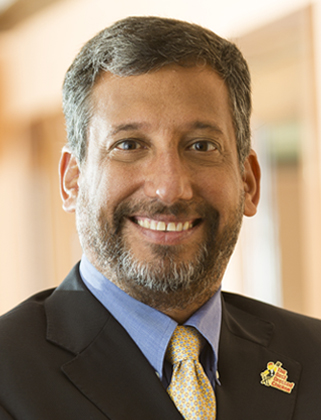
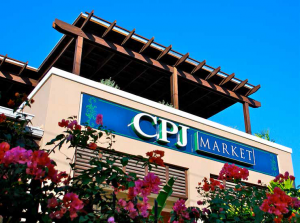
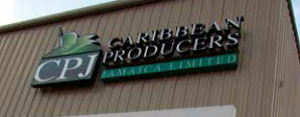
 Current assets stood at US$62 million at the end of March versus US$62.5 million at the end of June 2022 and just US$25.3 million as of March 2022. Cash and equivalents were US$4.9 million, up from US$3.9 million at the end of the 2022 fiscal year, with receivables at $18 million, virtually flat with the fiscal year end. Still, inventories slipped to US$39 million from US$40 million at the end of the fiscal year but are up over March 2022 at $30 million.
Current assets stood at US$62 million at the end of March versus US$62.5 million at the end of June 2022 and just US$25.3 million as of March 2022. Cash and equivalents were US$4.9 million, up from US$3.9 million at the end of the 2022 fiscal year, with receivables at $18 million, virtually flat with the fiscal year end. Still, inventories slipped to US$39 million from US$40 million at the end of the fiscal year but are up over March 2022 at $30 million.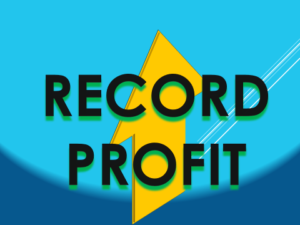 Operating Revenues rose 11 percent from $423 million to $469 million for the year ending December 2022, while Other Operating Income generated $37 million which was down 7 percent from $40 million in 2021, resulting in total income rising 7 percent to $506 million from $463 million in 2021. Profit for the year rose 32 percent to $75 million from $57 million in the prior year, with earnings per share of 30 cents up from 21 cents in 2021.
Operating Revenues rose 11 percent from $423 million to $469 million for the year ending December 2022, while Other Operating Income generated $37 million which was down 7 percent from $40 million in 2021, resulting in total income rising 7 percent to $506 million from $463 million in 2021. Profit for the year rose 32 percent to $75 million from $57 million in the prior year, with earnings per share of 30 cents up from 21 cents in 2021.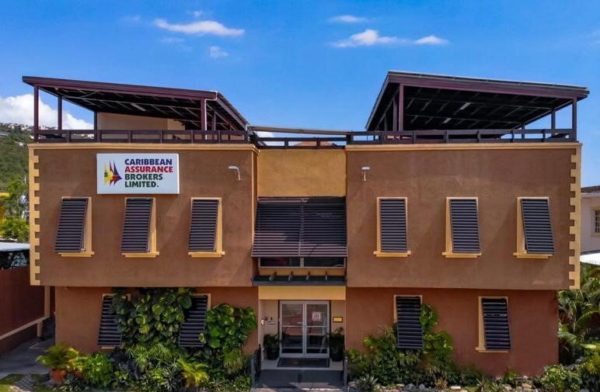
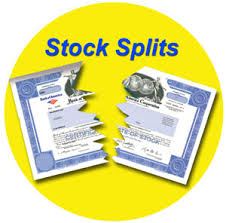



 Cost of sales rose 16 percent, slower than sales in 2023, to $1.73 billion from $1.49 billion in 2022, with gross profit rising faster than revenues, a positive development with an increase of 31 percent to $593 million from $775 million in 2022. The cost of raw materials used in sales rose 16 percent to $1.17 billion, compared with a 33 percent rise in fiscal year 2022 over 2021. Milk solids, one of the primary raw materials, about 70 percent that is used in producing ice cream moved from an average of US$3,355 per ton in 2018 to US$5,067 in 2022 and is now $4,676 in 2023, down 9 percent. In 2022 the cost rose by 29 percent, these movements, coupled with exchange rate changes for the Jamaican dollar, would have pushed up the company’s production cost; also affecting cost would be a 7 percent movement in the exchange rate between the Jamaica dollar and the US dollar. If continued, falling commodity prices in 2023 will lower the cost for them and help improve profits. Also of note is that the price of crude oil is now 38 percent less than it was in 2023 at the start of June and that feeds directly into utility cost incurred in production, which was $166 million, 16 percent higher than 2022 and 19 percent more in Administration with $99 million versus $83 million in 2022.
Cost of sales rose 16 percent, slower than sales in 2023, to $1.73 billion from $1.49 billion in 2022, with gross profit rising faster than revenues, a positive development with an increase of 31 percent to $593 million from $775 million in 2022. The cost of raw materials used in sales rose 16 percent to $1.17 billion, compared with a 33 percent rise in fiscal year 2022 over 2021. Milk solids, one of the primary raw materials, about 70 percent that is used in producing ice cream moved from an average of US$3,355 per ton in 2018 to US$5,067 in 2022 and is now $4,676 in 2023, down 9 percent. In 2022 the cost rose by 29 percent, these movements, coupled with exchange rate changes for the Jamaican dollar, would have pushed up the company’s production cost; also affecting cost would be a 7 percent movement in the exchange rate between the Jamaica dollar and the US dollar. If continued, falling commodity prices in 2023 will lower the cost for them and help improve profits. Also of note is that the price of crude oil is now 38 percent less than it was in 2023 at the start of June and that feeds directly into utility cost incurred in production, which was $166 million, 16 percent higher than 2022 and 19 percent more in Administration with $99 million versus $83 million in 2022. Gross cash flow generated $195 million from operating activities, up from just $53 million in 2022. Funds internally generated were augmented by loan inflows of $353 million and funds at the start of the year amounting to $145 million, which helped to fund additions to fixed assets of $541 million.
Gross cash flow generated $195 million from operating activities, up from just $53 million in 2022. Funds internally generated were augmented by loan inflows of $353 million and funds at the start of the year amounting to $145 million, which helped to fund additions to fixed assets of $541 million. The company did not have a good year, with revenues falling from $2.5 billion in 2022 to $2.27 billion even as loan income grew during the latest year. Revenues in the fourth dropped sharply to only $410 million versus $662 million in the 2022 fourth quarter. Fourth quarter profit came in slightly below the December quarter’s $31 million at $27 million on far lower revenues than the $572 million in the December quarter.
The company did not have a good year, with revenues falling from $2.5 billion in 2022 to $2.27 billion even as loan income grew during the latest year. Revenues in the fourth dropped sharply to only $410 million versus $662 million in the 2022 fourth quarter. Fourth quarter profit came in slightly below the December quarter’s $31 million at $27 million on far lower revenues than the $572 million in the December quarter.
 The transaction has received regulatory approval and the due diligence process is nearing completion the company stated its release to the Trinidad and Tobago Stock Exchange. It is expected that this transaction will be finalized by the end of June 2023, and we will make a further announcement at that time.
The transaction has received regulatory approval and the due diligence process is nearing completion the company stated its release to the Trinidad and Tobago Stock Exchange. It is expected that this transaction will be finalized by the end of June 2023, and we will make a further announcement at that time. The company has been in an acquisition mode, acquiring 80% of the outstanding shares of Chinook Trading Canada Limited, a Canadian base consumer products business with trading operations primarily in Caribbean Region. The company states that these acquisitions are consistent with the group’s strategic objective of expansion in more business segments and greater geographical diversification.
The company has been in an acquisition mode, acquiring 80% of the outstanding shares of Chinook Trading Canada Limited, a Canadian base consumer products business with trading operations primarily in Caribbean Region. The company states that these acquisitions are consistent with the group’s strategic objective of expansion in more business segments and greater geographical diversification.